Shipping lines change routes due to tensions in the Red Sea, causing transportation costs to increase, putting many export businesses in a difficult position.
The complicated developments in the Aden area and the Red Sea have caused major shipping lines such as Yang Ming Line, One, Evergreen Line, Maersk... to avoid going through the Suez Canal, the waterway connecting Asia with Europe and the US. According to the New York Times , container ships will have to go around Africa's Cape of Good Hope, making the journey about 40% longer.
With this change in route, shipping lines have announced additional surcharges for Asia-Europe routes, to the US and Canada. Detours also add 7-10 days, even 15 days, to the shipping time, resulting in higher costs.
According to the reflection of enterprises under the Association of Seafood Exporters and Producers (VASEP), freight rates to the US and EU skyrocketed in early January, nearly 3,000 USD per trip to the West Coast (US), which is 55-60% higher than at the end of 2023. Similarly, freight rates to the East Coast (US) increased by 50-70%, to 4,100-4,500 USD.
Shipping costs to the EU alone are 3-4 times higher than at the end of last year, around 4,350 USD-4,450 USD.
Mr. Tran Thanh Hai, Deputy Director of the Import-Export Department (Ministry of Industry and Trade), said that the Red Sea tension negatively affects international trade, goods transported by sea between Asia-Europe and the Northeast coast of America take longer and are more expensive.
If freight rates continue to rise, the burden will fall on the shoulders of the industry chain, both sellers and buyers. "The rising freight rates are a double whammy that makes businesses more difficult," said Mr. Dinh Hong Ky, Chairman of the Board of Directors of Secoin Joint Stock Company.
According to him, construction materials are heavy, so transportation costs account for a large proportion of the selling price. Therefore, when there are price fluctuations, businesses will be greatly affected.
Orders have just started to return after a sluggish period in 2023. Mr. Cao Huu Hieu, General Director of Vietnam National Textile and Garment Group (Vinatex), admitted that businesses in this industry are under pressure to increase input costs due to tensions in the Red Sea. "Prices are competitive, negotiating every cent, these unpredictable geopolitical developments put pressure on businesses," Mr. Hieu commented.
Similarly, VASEP assessed that increasing transportation costs could be a new challenge when input prices for aquaculture and seafood processing increase, affecting the competition and profits of businesses in this industry.
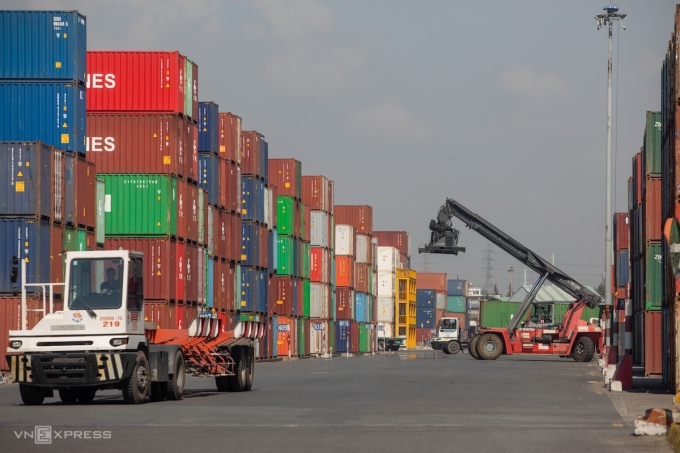
Unloading goods at Cat Lai port, Ho Chi Minh City, November 2021. Photo: Thanh Nguyen
In addition to increased freight costs, domestic export businesses also face the risk of not being able to export goods due to extended shipping times.
Mr. Nguyen Dinh Tung, General Director of Vina T&T Company - a fruit exporter to the US - said that previously the shipping time from Vietnam to the East Coast of the US was about 28 days, but now it has increased by 2 weeks, or 45 days for the goods to arrive. This affects the quality of agricultural products, making it impossible for businesses to export, especially fresh fruit.
"At the end of this year, fruits will not be shipped to the US in time for Tet Giap Thin 2024," said Mr. Tung. The temporary solution proposed by Vina T&T CEO is to negotiate with customers for high air freight rates or ask to postpone the delivery date.
For textile and garment enterprises, Vinatex CEO Cao Huu Hieu said that the prolonged transportation process also puts enterprises in a difficult position with orders that must be delivered early. This forces them to flexibly mobilize human resources, production lines and renegotiate delivery times with buyers.
For a long time, Vietnamese import-export enterprises often choose the form of "buy CIF, sell FOB" in commercial contracts. With CIF purchase conditions, goods are delivered at the port of destination, meaning the seller is no longer responsible when the ship arrives at the port. With FOB sale, the seller is no longer responsible when the goods are delivered to the ship at the correct time and place agreed in the contract.
Therefore, with signed contracts, according to Mr. Pham Quoc Long, Chairman of the Vietnam Association of Maritime Agents, Brokers and Services, businesses will not be affected much at the present time. Not to mention that the freight rates have increased but are not as high as during the Covid-19 period. "Vietnamese businesses do not pay that fee so it is not too much affected," he said.
But according to Secoin Chairman Dinh Hong Ky, businesses sign CIF or FOB sales contracts, meaning whoever pays the freight, the transportation cost increases, and manufacturers are still directly affected.
"Any increase in the value chain makes the final buyer of the product or service pay more. This means that the goods lose their competitiveness and the business's market share is affected," Mr. Ky analyzed.
From a management perspective, the representative of the Import-Export Department recommends that industry and logistics associations monitor and update the situation to businesses to proactively plan production and import-export.
For businesses, the Department believes that it is necessary to diversify supply sources and learn about railway transportation methods to have different options for delivery methods.
In addition, when signing and negotiating commercial and transportation contracts, businesses should have provisions on compensation and exemption from liability in emergency situations. Businesses also need to purchase insurance to prevent risks and losses when goods have to extend the transportation time or encounter problems when traveling through this route.
Phuong Dung - Duc Minh
Source link



![[Photo] President Luong Cuong awarded the title "Heroic City" to Hai Phong city](https://vphoto.vietnam.vn/thumb/1200x675/vietnam/resource/IMAGE/2025/5/13/d1921aa358994c0f97435a490b3d5065)
![[Photo] Many people in Hanoi welcome Buddha's relics to Quan Su Pagoda](https://vphoto.vietnam.vn/thumb/1200x675/vietnam/resource/IMAGE/2025/5/13/3e93a7303e1d4d98b6a65e64be57e870)
![[Photo] Prime Minister Pham Minh Chinh receives Ambassador of the French Republic to Vietnam Olivier Brochet](https://vphoto.vietnam.vn/thumb/1200x675/vietnam/resource/IMAGE/2025/5/13/f5441496fa4a456abf47c8c747d2fe92)
![[Photo] President Luong Cuong attends the inauguration of the international container port in Hai Phong](https://vphoto.vietnam.vn/thumb/1200x675/vietnam/resource/IMAGE/2025/5/13/9544c01a03e241fdadb6f9708e1c0b65)
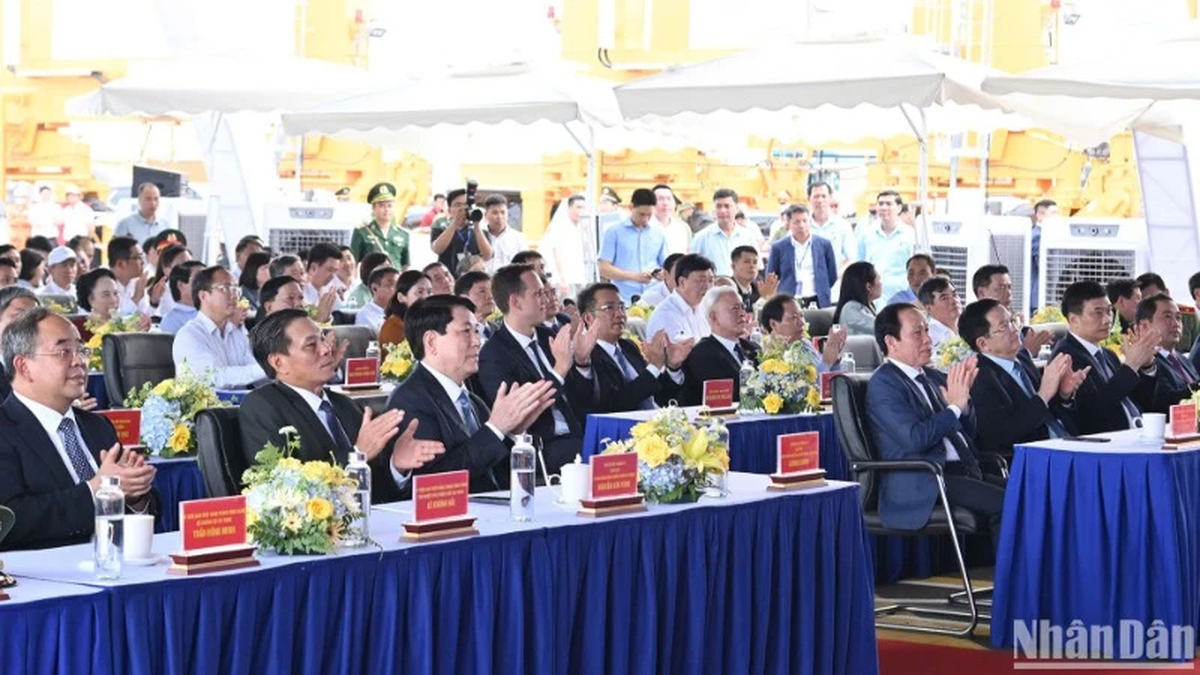


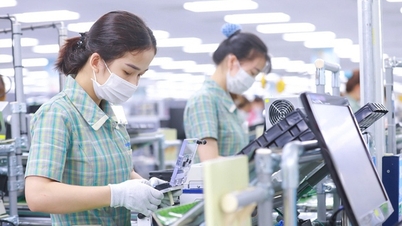












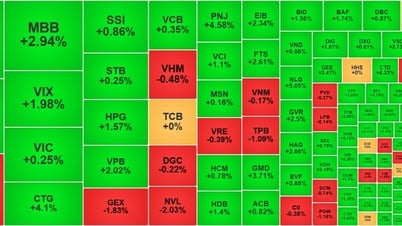







































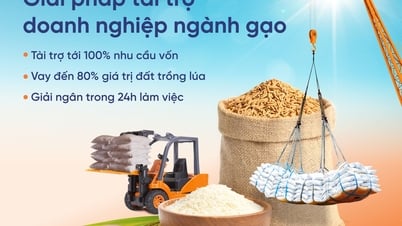
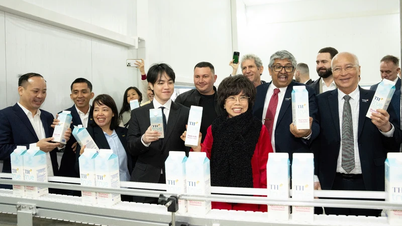

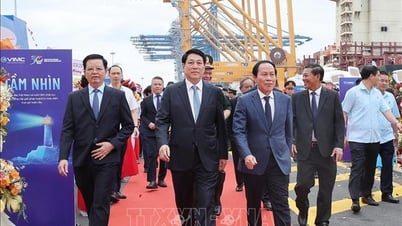


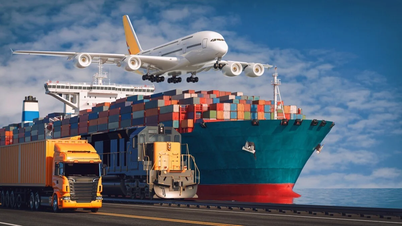

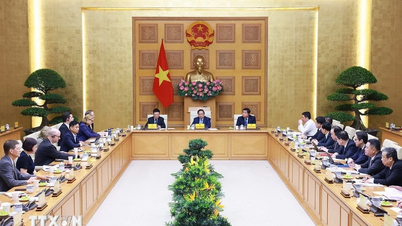















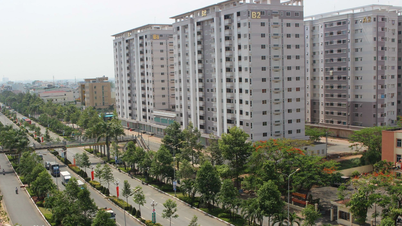

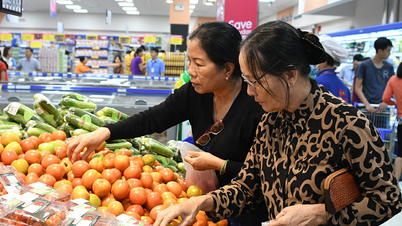
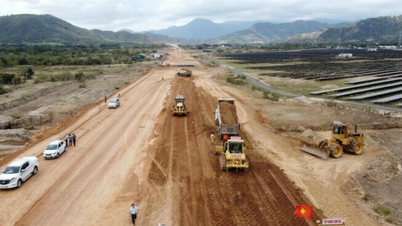







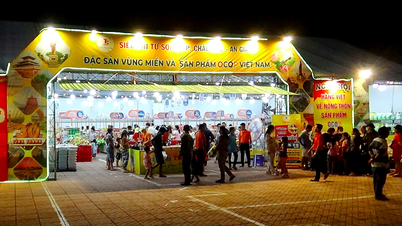



Comment (0)